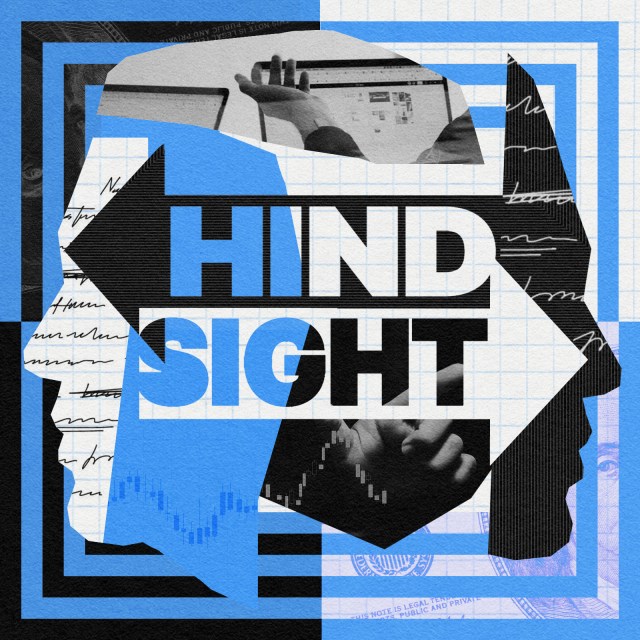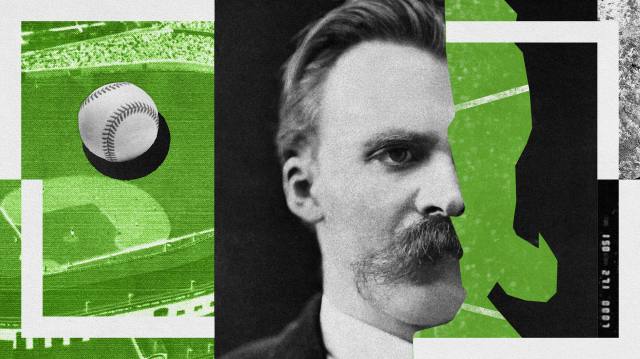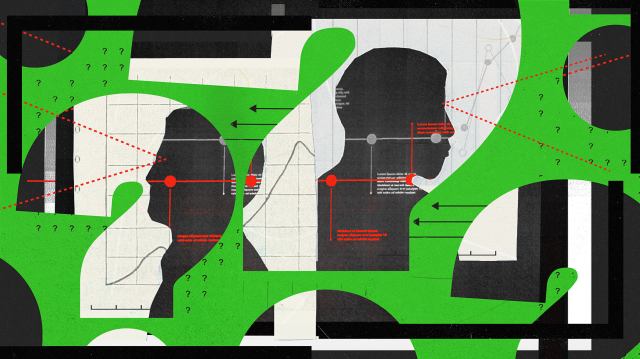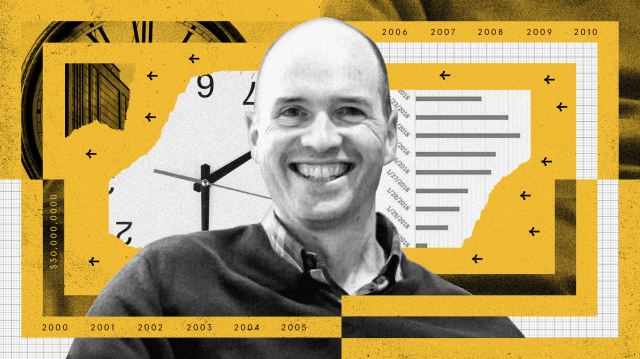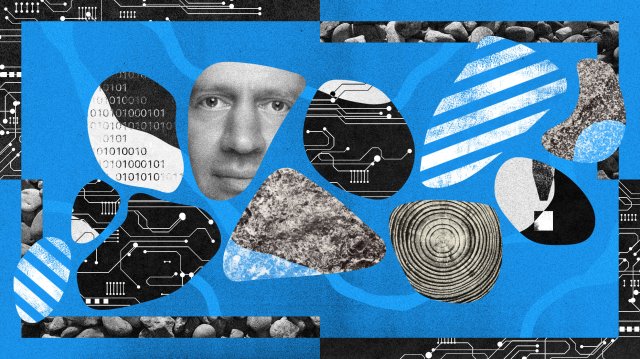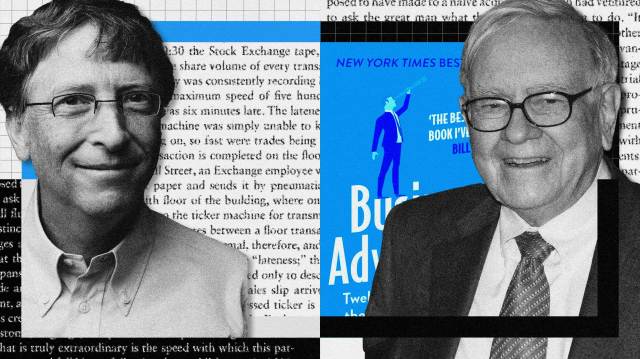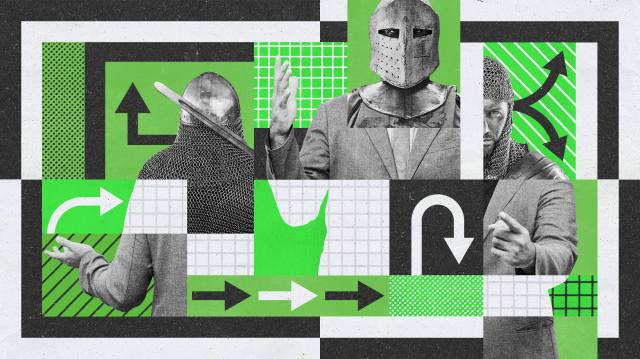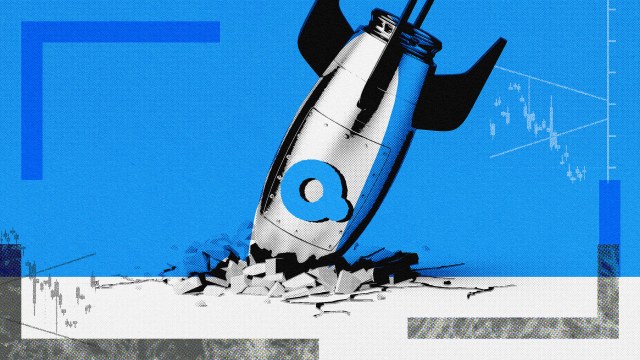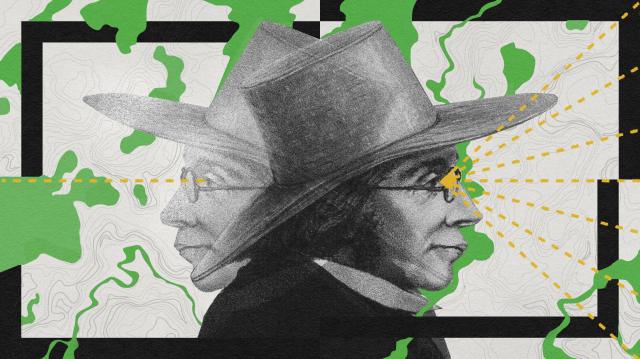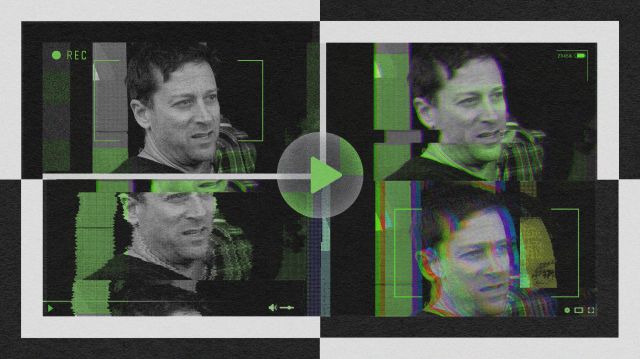How hindsight can take us to a new level of “wisdom management”

- Insight is the result of turning hindsight into foresight.
- In an era awash in knowledge, it’s time to elevate the role of the “wisdom worker.”
- The young brain is fast and focused; the older brain is holistic and knows how to connect the dots.
Insight is the result of turning hindsight into foresight. While that profound sentence sounds simple, it requires a courageous willingness to mine our painful life lessons along the way. Those lessons are the raw material for our future wisdom, so our wisdom comes from our hindsight.
My number one piece of advice for cultivating and harvesting wisdom is something I’ve been doing for 35 years. Take an empty diary or journal, write “My Wisdom Book” on the front or inside the cover, and create a few bullet points every weekend of what you learned that week and how it might serve you in the future.
When I was an inexperienced, 28-year-old founder and CEO of my boutique hotel company, Joie de Vivre, I started using this wisdom practice to metabolize my experiences in a way that could serve me in the future. So, my practice has been to explain the lesson — even if it’s painful — and then outline how it will serve me in the future. Here are some of my first entries in that Wisdom Book from 1989:
- We lost a band looking for rooms that would have been a week long stay as they were coming to town to record in a studio. Their travel agent left the wrong number for me to call back so I waited a couple days to research her right number and by the time I got back to her, she’d booked the band elsewhere and we lost out on $3,500 of revenue.
LESSON: Respond immediately to all correspondence even if it takes extra time. - Our new manager in the restaurant seems really smart, but he had no clue (after a month on the job) what defines success for the business and how he could impact it, so he naturally gravitates to what he knows best, which is training servers and bartenders, when what we really need is for him to look for how to drive some new group and catering business. This had been explained in his interview process, but we hadn’t adequately covered it in his on-boarding process.
LESSON: All new managers should be on-boarded with the business short- and long-term goals, how they can impact these, and what defines success for them in their first 90 days. - Had lunch with a few employees today, some of them new. The new ones have “fresh eyes” and see things that need changing that the rest of us have gotten too used to.
LESSON: Let’s continue to do a performance review of new employees after three months, but let’s ask them to do a “fresh eyes” review of us after one month as we probably can learn a lot from them.
Sometimes, I’ve flipped through one of my old Wisdom Books to remind myself of some of my past lessons. For example, during the Great Recession when my hotel company was getting seriously tested by the economy, I went back to my “dot-com bust and 9/11 Wisdom Book” to try to understand what lessons I gained from these two once-in-a-lifetime downturns in the same decade.
Not all of my weekly reflections have been professional as I’ve gone through long periods of time when the majority of my lessons were personal or relational. But in all of these cases, hindsight — even when it was fresh and new — helped me to build insight and foresight. When I was asked to join the young founders of Airbnb a dozen years ago to help them take their small, tech start-up and turn it into the most valuable hospitality company in the world, I leveraged this wisdom management practice to help microwave the wisdom of the brilliant millennial leaders of the company, until the insight went “ping.”
At each of the three companies I’ve helped lead — Joie de Vivre Hospitality, Airbnb, and the Modern Elder Academy (MEA) — I’ve taken this personal practice of weekly wisdom insight and created a quarterly practice in which each member of the leadership team comes to an extended meeting outlining their biggest lesson of the quarter and how it will serve them in the future.

We finish the quarterly meeting with a discussion of what’s the biggest lesson for us as a team. There’s some serious arm-wrestling amongst the leaders about this, but I’ve found the conversations to be incredibly generative, and it creates a deeper connection amongst our leaders. Being authentic about what you’re learning with no fear of reprisal is one of the wisest leadership practices. I’ve learned so much from the lessons of my colleagues. Wisdom is not taught; it’s shared.
My leadership “patron saint,” management theorist Peter Drucker, created the roadmap for the emerging knowledge economy, coining the term “knowledge worker” in 1959 and helping to develop the practice of “knowledge management” in the 1980s. Today, most organizations of some size have a chief information officer (CIO) or chief knowledge officer (CKO) whose job it is to achieve organizational objectives through creating, sharing, and managing knowledge.
Yet, in an era when we’re awash in knowledge — in fact, all of the world’s knowledge is in the magic stone in your pocket — maybe it’s time to elevate the role of the “wisdom worker” with practices that help a company develop its “wisdom management” in a way that’s congruent with being a quarter of the way through the 21st century.
It’s the difference between fluid intelligence when we’re young and crystalized intelligence when we’re older that creates new insights for an organization.
I believe that developing wise leaders creates a more resilient and innovative organization full of emotional intelligence and well-being. Just like development psychologist Erik Erikson suggested that the midlife adult faces the personal challenge between “generativity” and “stagnation” (i.e., making a positive impact versus feeling unproductive), so does the midlife organization. It is the internal wisdom practices that help wise leaders ensure their organizations learn from their past to create a flourishing future. It’s why new executives at Procter & Gamble spend time in the archives at the company headquarters learning from the “Wall of Failures” that’s regularly updated with products or brand launches that became noble experiments and teachable moments.
A wise organization is dedicated to diversity not because it’s politically correct, but because inclusive teams — especially those that foster intergenerational collaboration — are more effective. The young brain is fast and focused. The older brain is holistic and knows how to connect the dots. It’s the difference between fluid intelligence when we’re young and crystalized intelligence when we’re older that creates new insights for an organization.
Hindsight creates foresight and, if we’re lucky in our own lives, it creates some insight as well.
This is part of the reason I created MEA. I saw a growing number of people in their 40s, 50s, and 60s who had something to offer those who were younger. The Airbnb founders told me that even though I was twice the age of the average employee in the company, I was “as curious as I was wise” (their definition of a “modern elder”) and that they appreciated that I wasn’t looking for reverence as an elder but I was more focused on being relevant. The question that I was focused on during my time at Airbnb was this: How can I apply my wisdom and hindsight as a boomer so that it’s relevant to a bunch of brilliant millennials?
In the six-and-a-half years since I created MEA and our two campuses in Baja, Mexico, and Santa Fe, New Mexico, I’ve been in workshop weeks with more than 5,000 midlife students (average age 54) from 50 countries who intuitively believe that their hindsight — their life experience — gives them foresight. In an era in which we have five generations in the workplace — in the next couple of years, the majority of Americans will be reporting to a younger boss — it’s essential that organizations leverage the “intergenerational potluck” that is available to them and their employees.
I deeply believe that human wisdom is meant to be the balance of artificial intelligence. They both have value. But AI is based upon harvesting all of the past data while wisdom is more personal and focused on how our past can influence our future. It’s ironic and telling that the most famous futurists in the world are typically 60 or older. Hindsight creates foresight, and if we’re lucky in our own lives, it creates some insight as well.
